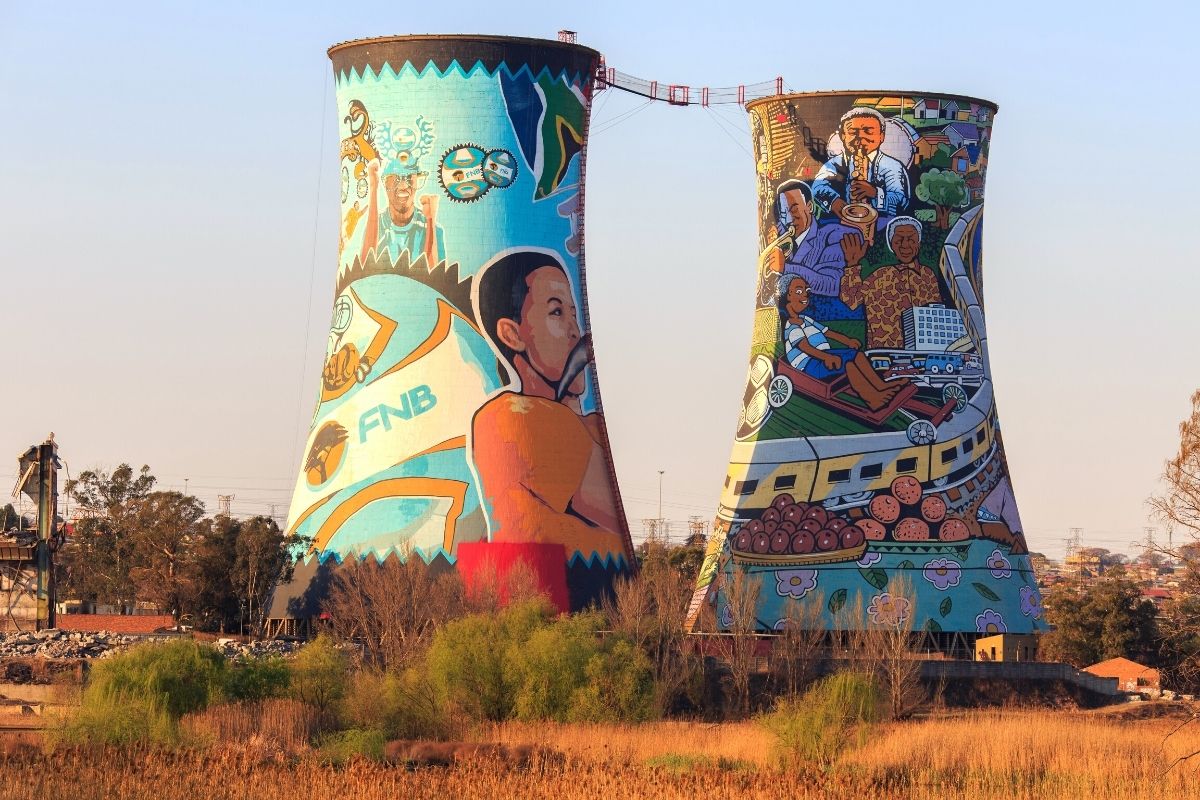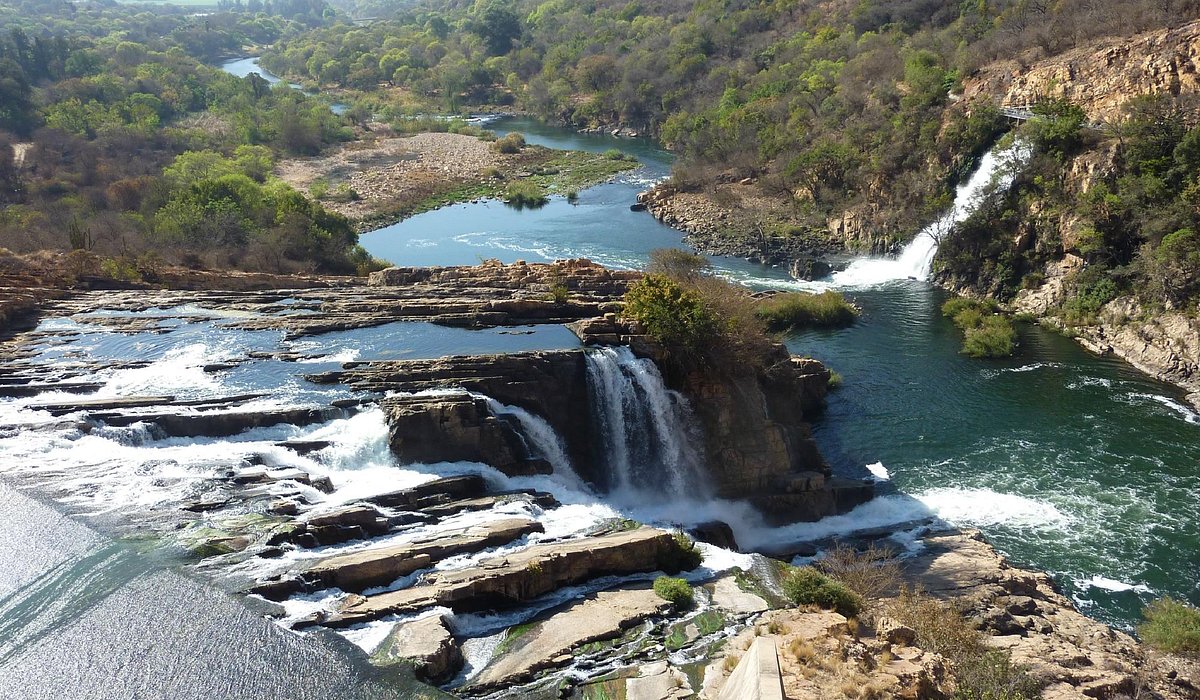Indicators on Johannesburg North Attractions You Should Know
Table of ContentsFascination About Johannesburg North AttractionsSome Known Details About Johannesburg North Attractions Getting My Johannesburg North Attractions To WorkJohannesburg North Attractions Things To Know Before You BuyAll About Johannesburg North AttractionsJohannesburg North Attractions Fundamentals Explained
The city grew on the edge of the Witwatersrand Key Coral reef, a below ground stratum of gold-bearing quartz-silica empire that arcs for hundreds of miles under the Highveld - Johannesburg North attractions. Many of the gold mines in the city ceased operation in the 1970s, but in its day the Witwatersrand gold market accounted for even more than 40 percent of the world's annual gold production.Johannesburg has a pleasant environment. Summer temperature levels balance about 75 F (24 C); winter months temperature levels balance about 55 F (13 C) and only sometimes dip listed below freezing. The city delights in about 8 hours of sunlight daily in both winter season and summer. Rainfall averages about 28 inches (700 millimetres) per year, however the overall differs considerably from year to year.
What rainfall the city receives falls virtually specifically in the summer months, often in incredible late-afternoon electrical tornados., where numerous residents still count on coal for fuel.

Johannesburg North Attractions Fundamentals Explained
The equilibrium of the city is occupied by whites. Accommodation varies in character and high quality. Soweto is infamous for its endless rows of municipally built, two-room matchbox homes, yet it additionally has a couple of prosperous enclaves as well as bursting squatter camps, where tens of thousands live without water, electrical power, or hygiene centers.
Physical growth, although rather restricted by transportation, proceeded rapidly as migration to South Africa, and Johannesburg in specific, boosted drastically.
Many bad residential areas were mixed, with bad blacks and whites living with each other, although the affluent suburbs were usually scheduled for whites. This transformed with the election of the National Party in the 1948 elections, who began to formalise the system called racism. Apartheid formally assigned which residential areas each race can live in under the Group Areas Act.
The previous system of eleven numbered regions was reorganised in 2006. Marshalltown, as seen from the top of the Carlton Centre. The M1 and M2 run behind the buildings, and the southern suburbs expand past the freeway border. The central city of Johannesburg is located within the city's Region F. The approximated populace of the area is 200,000, [] but the number of people living in the central city on a casual basis is unidentified, as several are unlawful immigrants. The majority of higher-income citizens and white individuals have relocated review to the northern suburbs and have actually been changed by lower-income black individuals. The joblessness, education and learning, and age accounts of the location are all unknown, because of the difficulty of getting trustworthy details regarding the location.
Indicators on Johannesburg North Attractions You Need To Know
Centred on the CBD, the region includes the residential areas of Yeoville, Bellevue, Troyeville, Jeppestown, and Berea to the east. To the west it spreads out to Pageview (Johannesburg North attractions) and Fordsburg. There are small industrial locations to the south, such as City West-Denver and Benrose. Around 800,000 commuters travel through the central city everyday, and it functions as a regional shopping node for visitors from the southerly residential areas. Yeoville and Bellevue have a mix of apartment and solitary household systems on little whole lots. The region lies on a mountainous divide that ranges from east to west. The most noticeable geographical function is Observatory Ridge, which is called for the huge observatory situated on it. The recreational areas are no much longer used, as a result of safety troubles.

Johannesburg Arena, a training ground for both the Golden Lions and Orlando Pirates, is adjacent. The eastern suburban areas of Johannesburg lie in the city's 7th [] and 9th [] areas. The location is also functionally integrated with East Rand boundary towns beyond the main boundary of Johannesburg, such as Bedfordview and Edenvale (both component of Ekurhuleni Metropolitan Community).
Rumored Buzz on Johannesburg North Attractions
R. Tambo International Flight Terminal). The eastern residential areas are several of the oldest locations of Johannesburg, there are large neighborhoods of Jewish and various other European histories, most of the population is English talking. There are three fairway in addition to a number of protected ridges with viewsites. There are a number of strong and up-market amusement and purchasing areas in the eastern such as the Eastgate Mall and the Greenstone shopping center.
Originally built to house male migrant workers, numerous have been improved as click here for info homes for couples and families. The suburb was not traditionally permitted to create work centres within the location, so nearly all of its citizens are commuters to various other parts of the city.
The Main Principles Of Johannesburg North Attractions
The N1 Western Bypass links the north residential areas with the north-western suburban areas. The houses in the northern suburban areas are generally formal, without considerable locations of casual real estate, or real estate that lacks a permanent structure. Although this is a well-known area, there is a trend of land use adjustment from residential to business, particularly you can look here along primary arterial roads and around well established nodes.
Roads to the east and west are much less well established, as there are no highways travelling in that instructions. Towards the north border of the city, the thickness of advancement lowers, leaving big locations of primitive land around Midrand.
Examine This Report on Johannesburg North Attractions
, which is located on a hillside neglecting the inner city and Hillbrow.